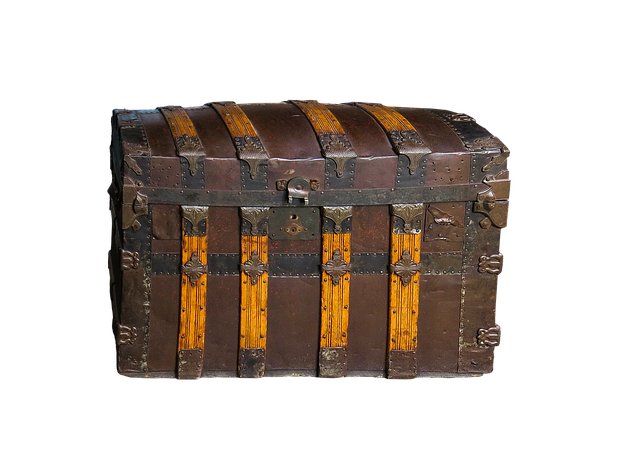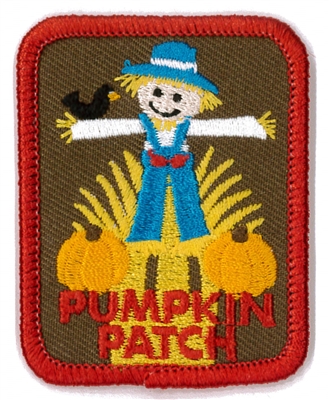
A Note From the Founder – Marble Runs
The rainy season has begun and getting kids outside can get a little difficult. That doesn’t mean you can’t get creative with some fun indoor hands-on projects. If you have never built a marble run, it is a great way to combine a lesson in physics with a lesson in art. Using cardboard tubes, Hot Wheel tracks, poster board, blocks and other other household items, build a ramp for a marble or small ball. One our favorite items to use for marble runs were large cardboard tubes that can usually be obtained for free from the upholstery department of JoAnn’s or other fabric stores.
Create a series of challenges for your kids to build. Examples might include:
- How far can you make a marble travel?
- What is the greatest distance you can make a marble jump?
- How many turns can you put in your marble run?
- Decorate your marble run.
Discuss physics topics that affect the marble such as gravity, force, speed, direction, etc. Have your kids adjust their marble run to use physics more effectively.
The video below was taken back in 2005 so the quality is terrible. Sorry about that. I thought was a good example to show how a marble run may look. Have fun!
New Badges Posted

Treasure Hunt Game
Make learning a little more fun by turning it into a game.
Supplies:
- 20-40 index cards or small pieces of paper.
- Pen or pencil
- Prize such as a small candy bar or trinket
Preparation:
- Write down one educational question one each of 10-20 index cards. These can be knowledge based badge requirements, questions out of a school workbook, or even vocabular words.
- Using one more index cards than you used for the questions, write downs one clue on each card that leads to somewhere in your house. For example if you have 10 question cards you will need 11 clue cards. Clues can be as simple or as difficult as you wish. Examples might include things like, “Go to the coldest place in the house” (the freezer). Or simply “Flush” (top of the toilet).
- Hide one question card at each location the clues lead to.
- Hide the prize at the location of the last clue.
- Place all clue cards face down on the table, making sure the one that leads to the prize is the last one in the stack.
To Play:
Hand your child the first clue card. After reading it, they go to the location specified to find a question card. They must bring the question card back to you and give you a correct answer before they can receive their next clue. If you are doing math problems, make sue to have a place they can sit and work out the problems before turning in an answer. If an incorrect answer is given to the question on the card, take time to help them find the right one. Try not to just give them the answer. Instead, help them find it on their own. As they go through the stack the last clue will lead them to the prize.
The younger the child, the shorter the game should be or they will get frustrated and bored. You can always play 2-3 games in a row so have plenty of prizes handy if needed. If you have older kids, try making the clues more challenging such as putting them in poem form, or writing clues that could apply to more than one location such as “The On Switch.”
If you are playing with more than one child, there are several variations you can use. You can hide one question card for each child in each location and they ALL must be completed before the next clue is given. While this variation requires less preparation, the drawback is when one child consistently finishes their question quickly and must wait on the other. The second variation takes a bit more preparation, but usually works a bit better. This involves creating clues for each child so they can proceed at their own pace. Depending on the number of children you have and their ages, a combination of these variations can also be used.
Activity Patches
Sometimes your club or troop may wish to participate in an activity just for fun and without the complexity of actually earning a full badge on the topic. This is where activity patches come in. Patches can be worn on the back of club uniforms to represent events and activities you participate in.
Patches can be purchased for all kinds of activities such as:
- Fundraising
- Parades
- Campouts
- Roller Skating
- Supporting Veterans
- Visiting Museums
- Water Parks
- Amusement Parks
- Bake Sales
- Bike Rodeos
- And much more.
If you do not wish to wear patches on your vest, or you have too many of them, you can also sew them onto jackets, tote bags, or quilts to take camping. While Curiosity Untamed does not sell patches, they can be ordered from a variety online companies such as:
Creating a Video Journal
Videos can be a fun way to teach kids everything from script writing, to video editing, to simply following step by step instructions. Suzanne Waithaka, one of our members, recently started making fun videos with her kids documenting some of the things they were learning in their homeschool and the badges they are working on. While she posts her videos publicly on Youtube, you can use the same idea to create home movies to document your own journey.
You can follow Suzanne and her kids on their channel, These Curious Kids. Her videos are also a great resource to learn how to do some fun projects such as cookie making or how to tell if a substance is acidic.








